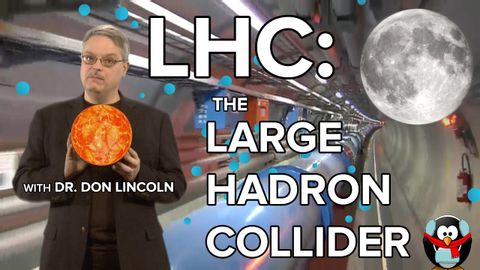LHC:大型強子對撞機 (LHC: The Large Hadron Collider)
richardwang 發佈於 2021 年 01 月 14 日  沒有此條件下的單字
沒有此條件下的單字US /ɛnˈtaɪr/
・
UK /ɪn'taɪə(r)/
- adj.全體的 ; 完全的;未分割的;全緣的 (植物學)
- v.i.是重要的
- n. (u.)物質
- n.件事情;問題;原因
US /ɪmˈpruv/
・
UK /ɪm'pru:v/
- n.(知識)領域;專業;田野;場地;球場;戰場;欄位;場
- v.t.巧妙地回答;接(球);派…上場;接球
- adj.野外的

